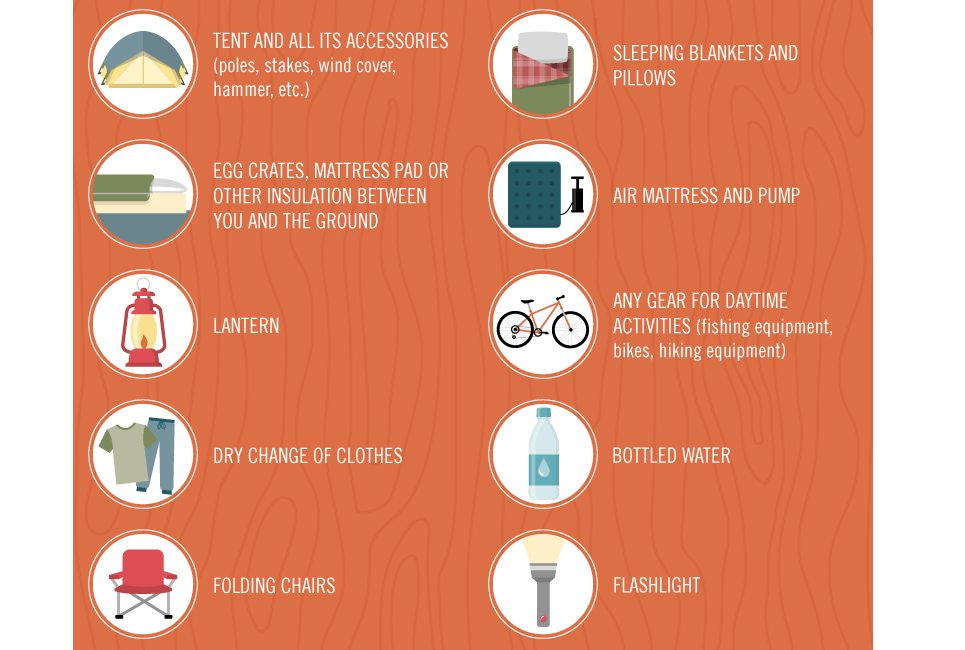Framework may seem like a small detail, yet it's the skeleton of your structure. If it's done improperly, the entire framework is at risk.
Knowing the most typical structure and truss layout mistakes will assist building and construction professionals and DIY house owners prevent them. This will certainly ensure that the outcome is a risk-free and sturdy structure.
1. Ignoring Load Calculations
Ignoring exact load computations can bring about a number of structural issues, from drooping roof coverings to broken walls. It is important to ensure that the correct calculations are conducted by certified engineers, considering dead and online tons and ecological variables. By doing so, contractors can decrease callbacks and enhance the durability of their job.
By focusing on careful preparation, adherence to design specs and finest methods, and staying updated with market requirements, building experts can eliminate a lot of these framing mistakes and achieve well-founded outcomes. Staying clear of these typical errors can assist to guarantee the safety and longevity of frame systems and frameworks, whether they are trusses or stick-built. By staying clear of these blunders, home builders can be extra certain that the frameworks they produce will stand up to also the toughest weather.
2. Selecting the Wrong Products
Framework may look like a tiny part of developing a structure, but it is the skeletal system that makes sure the general structure's toughness. Therefore, it is essential to avoid blunders when building the framework system.
One usual blunder involves choosing the wrong products for framework and truss building and construction. This can bring about premature deterioration and decreased load-carrying capabilities. As a result, home builders need to seek advice from material suppliers and engineering experts to select resilient and reputable framing materials.
One more typical framing error includes incorrect panel spacing. Plywood and OSB panels can diminish or broaden somewhat, and this modification in wetness material ought to be enabled by leaving area between panels. When these areas are not left, the panels can break tent floor and twist in time, which will compromise the structure of the structure.
3. Neglecting Drywall Support
Also the tiniest errors can have huge repercussions for framing systems. After all, the frame skeletal system is basically the structure of the entire structure and the starting factor for attaining the layout vision. Making sure to prevent these framing design pitfalls will certainly assist make sure a strong, stable structure and protect against pricey callbacks later.
While it might seem like a minor oversight, forgetting to mount drywall backing is a severe issue that can have a significant influence on the job's last outcome. Drywall backers supply extra assistance that prevents wall surfaces from drooping, deforming and damaging over time. While a lot of framers know the relevance of installing these added support pieces, they can conveniently forget an area or 2. Without them, drywall installation will certainly be far more challenging and taxing.
4. Not Checking the Studs for Crowns
While a stud may seem smooth, the reality is that there is likely a crown on every stud. This tiny bump creates a stud to warp or bend somewhat, which can influence the total frame framework and make it more difficult to put together wall surfaces. Unfortunately, some carpenters fail to remember to examine the crowns in each stud before developing wall surfaces, which can create an uneven wall surface and bring about costly structural concerns down the line. Careful planning, adherence to ideal techniques, and the involvement of certified specialists are essential for successful lumber mounting projects. Avoiding these typical structure system blunders will help you develop a secure and safe and secure building structure.
